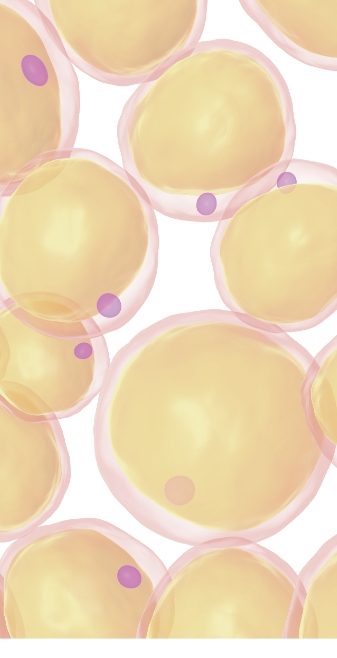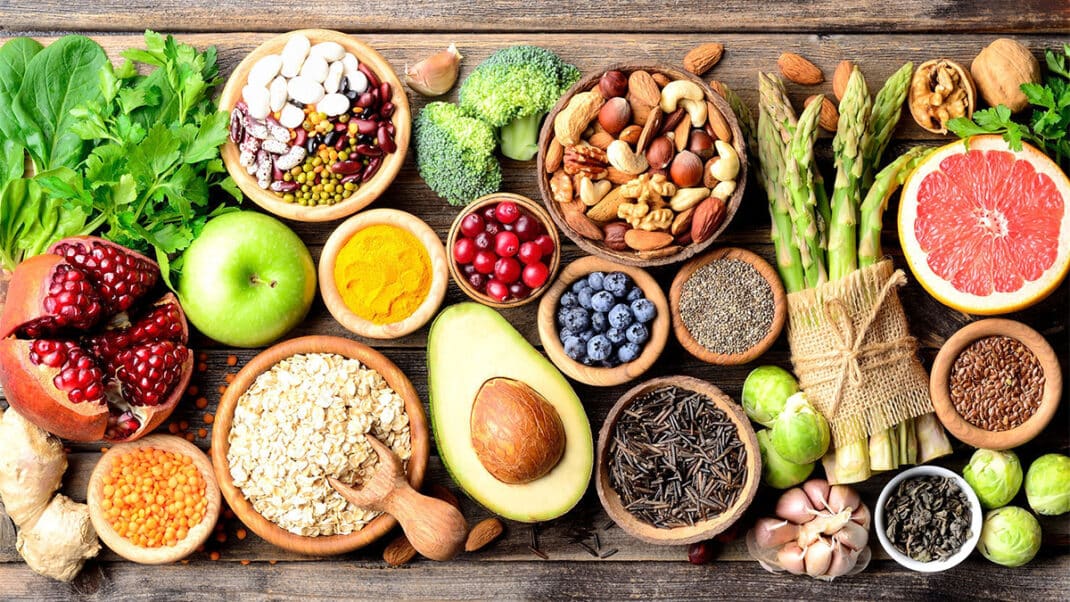hidden fat poses health risks

The fat you can’t see might be even more deadly than the muffin top hanging over your jeans.
Subcutaneous fat, the fat we accumulate right under the skin and can see plainly may be considered unsightly, but it is not as dangerous to overall health as visceral fat, the fat deep in the belly surrounding vital organs.
According to a new study by researchers at Wake Forest Baptist Medical Center in Winston-Salem, North Carolina, the way to zero in and reduce visceral fat is simple: eat more soluble fiber from vegetables, fruit and beans, and engage in moderate activity.
The study found that for every 10-gram increase in soluble fiber eaten per day, visceral fat declined by 3.7% over 5 years. In addition, an increase in moderate activity resulted in a 7.4% decrease in the rate of visceral fat accumulation over the same time period.
“We know that a higher rate of visceral fat is associated with high blood pressure, diabetes and fatty liver disease,” said Kristen Hairston, MD, assistant professor of internal medicine at Wake Forest Baptist and lead researcher on the study, in a press release. “Our study found that making a few simple changes can have a big health impact.”
Getting 10 grams of soluble fiber into your diet is not complicated. For example, you can eat two small apples, 1 cup of green peas and a half-cup of pinto beans. Moderate activity means exercising vigorously for 30 minutes, two to four times a week, Hairston added.
In the longitudinal study, published in the June 16 online issue of the journal Obesity, researchers examined whether diet and frequency of exercise were associated with a 5-year change in abdominal fat among African Americans and Hispanic Americans—populations at a disproportionally higher risk of developing high blood pressure and diabetes and of accumulating visceral fat.
At baseline, 1,114 subjects were given a physical exam, an extensive questionnaire on lifestyle issues, and a CT scan to measure subcutaneous and visceral fat. Five years later, the identical process was repeated. Researchers found that higher soluble fiber intake was associated with slower accumulation of visceral fat, but not of subcutaneous fat.
Sandy Todd Webster
For 22 years, Sandy Todd Webster was the chief architect of IDEA's content program - including the award-winning IDEA FITNESS JOURNAL and IDEA FOOD & NUTRITION TIPS - the industry's leading resources for fitness, wellness and nutrition professionals worldwide. She created, launched and nurtured these brands and many others during her productive and purposeful IDEA tenure. Sandy is a Rouxbe-certified professional plant-based cook and a Precision Nutrition Level 1 Coach who is pursuing a Master's degree in Sustainable Food Systems through The Culinary Institute of America (expected August 2024). She plans to combine these passions with her content expertise to continue inspiring others to make the world a more just, healthy and regenerative place.






